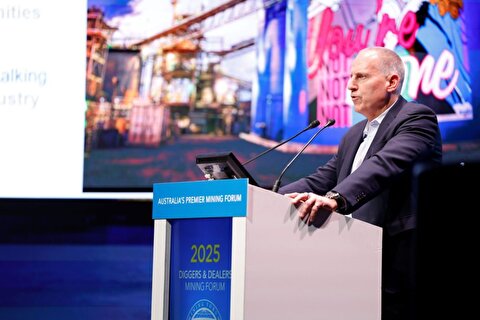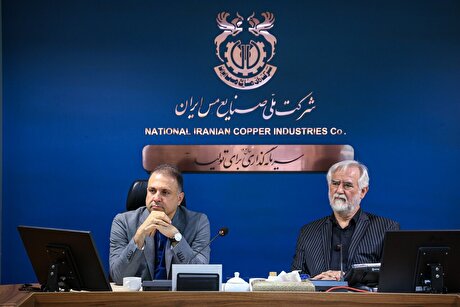
Viewpoint: Navigating headwinds in US coking coal

But 2019 has seen a very different market with steel capacity cuts in Europe, blast furnace maintenances in Brazil and capital controls in India along with a prolonged monsoon season hurting demand. The market turned significantly, with a string of Chapter 11 filings, mine closures and a few quietly initiated mine output cuts in the last 12 months. The average high-volatile A price for the year to date is down to $173.57/t fob Hampton Roads while the average price in the second half has fallen more drastically to $148.96/t fob Hampton Roads.
US domestic prices for 2020 have also taken a hit, with certain mining firms willing to offer discounts as large as $20-25/t on 2019 prices, to secure new business or regain lost contracts.
The outlook among market participants is decidedly downbeat for the first half of next year as cuts to bring mill capacity down to around 80pc are expected to stay in place. But there continue to be bright spots that may point to areas of recovery in the second half.
US-China trade war
China's imports of US coking coal have fallen sharply this year, with January to October imports totalling 827,590t — no shipments were recorded in April, August and September — down from 1.82mn t a year earlier, as a result of a 25pc retaliatory tariff on US coking coal imports.
While some US suppliers have continued to push small volumes into China by absorbing tariff costs, US producers are eager for trade talks to progress and for sales channels to China to open up again. Particularly as European demand is expected to continue declining next year.
The "first-phase" trade agreement reached between the US and China, which comes into effect next year, has renewed hopes among US mining firms that China will resume regular imports of US coking coal next year. Beijing has not removed the retaliatory tariff on coking coal imports, but the agreement has at least signalled no further escalation in the trade war. China expects the US to gradually roll back the previously imposed tariffs and to exempt more Chinese products from them, and Beijing has in turn promised to match the US' steps.
Indian demand
Following the longest monsoon season in 60 years and capital tightening in the country, Indian demand for coking coal slowed in the second quarter of 2019.
Year-to-date exports to India totalled 3.52mn t, down by 27.3pc on the year, but exports in October of 235,191t were up by just over 50pc compared with the same month last year.
With the Indian government looking to boost public spending, there is renewed optimism that demand will pick up in 2020.
Indian buyers have already been in the market for semi-hard and tier-two coking coal imports in December and US producers are counting on further government support to drive usage and import demand.
More consolidation anticipated
Further consolidation is anticipated for US coking coal, and several market participants have indicated that this would be necessary for the survival of the industry.
The bankruptcies and subsequent mine closures in 2019 mean that US coking coal mine output will enter 2020 with around 4mn t in reduced volumes, offering some much needed tightening to the market.
As this year draws to a close, large stockpiles at a number of US mines meant that US producers and traders were offering discounts of around 10pc below index levels for spot sales, in hopes of shifting some volumes. But demand has been limited and these volumes are expected to carry over into the new year and continue to weigh on prices at least in the first quarter.
IMO 2020
The 2020 International Maritime Organisation (IMO) cap on sulphur content in ship emissions — lowering sulphur levels allowed from 3.5pc to 0.5pc starting 1 January — will see shipping costs rise as shippers turn to low sulphur fuel oil or scrubber fitted vessels.
While higher shipping costs are anticipated globally, US mining firms' freight differential advantage to Europe is likely to be less of a win amid a weaker European market. Estimates by Japanese mills peg an increase of $2/t for Australia shipments and $6/t for US shipments. Industry estimates put a corresponding increase on US shipments to Europe and Latin America.
Japanese mills with their strong emphasis on supply security are expected to retain US coking coal's 10pc share in their imports. But the added shipping fees might dissuade more cost conscious Indian mills.
But US mining firms are still hopeful that Brazil will be a key growth area in 2020, with up to three blast furnaces starting up and potential government support to drive steel production.


Hindustan Zinc to invest $438 million to build reprocessing plant

Gold price edges up as market awaits Fed minutes, Powell speech

Glencore trader who led ill-fated battery recycling push to exit

UBS lifts 2026 gold forecasts on US macro risks

Roshel, Swebor partner to produce ballistic-grade steel in Canada

Iron ore price dips on China blast furnace cuts, US trade restrictions

Emirates Global Aluminium unit to exit Guinea after mine seized

South Africa mining lobby gives draft law feedback with concerns

EverMetal launches US-based critical metals recycling platform

Barrick’s Reko Diq in line for $410M ADB backing

Gold price gains 1% as Powell gives dovish signal

Electra converts debt, launches $30M raise to jumpstart stalled cobalt refinery

Gold boom drives rising costs for Aussie producers

Vulcan Elements enters US rare earth magnet manufacturing race

Trump raises stakes over Resolution Copper project with BHP, Rio Tinto CEOs at White House

US seeks to stockpile cobalt for first time in decades

Trump weighs using $2 billion in CHIPS Act funding for critical minerals

Nevada army depot to serve as base for first US strategic minerals stockpile

Emirates Global Aluminium unit to exit Guinea after mine seized

Barrick’s Reko Diq in line for $410M ADB backing

Gold price gains 1% as Powell gives dovish signal

Electra converts debt, launches $30M raise to jumpstart stalled cobalt refinery

Gold boom drives rising costs for Aussie producers

Vulcan Elements enters US rare earth magnet manufacturing race

US seeks to stockpile cobalt for first time in decades

Trump weighs using $2 billion in CHIPS Act funding for critical minerals

Nevada army depot to serve as base for first US strategic minerals stockpile

Tailings could meet much of US critical mineral demand – study
















